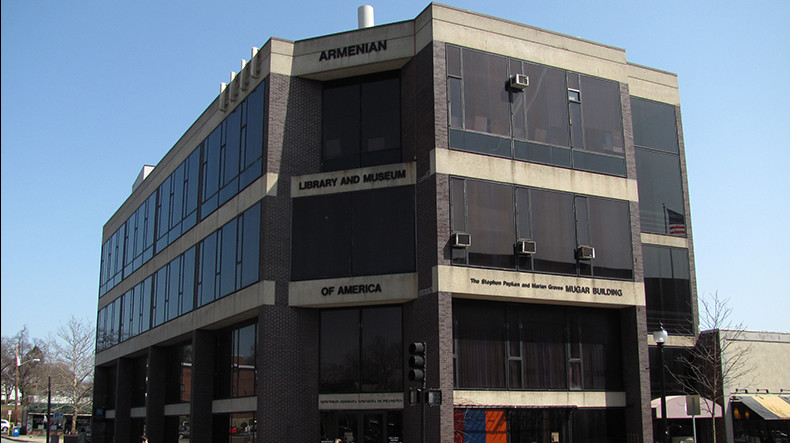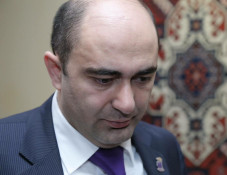
Watertown's Armenian Museum of America exhibits new gallery
Town officials and community members came together on 15 November to celebrate the opening of a new gallery at the Armenian Museum of America in Watertown, Massachusetts, Wicked Local reports.
The gallery, “Armenia: art, culture, eternity,” showcases nearly 3,000 years of Armenian history, from ancient Urartu to present-day Armenians in America.
More than 50 objects are on display, everything from a 20th-century pair of a child’s leather shoes, to an 18th-century Kütahya vessel. The museum’s new executive director Jennifer Liston Munson is the mastermind behind this project.
The Armenian Museum’s Board of Trustees appointed Munson in March 2018. Before this, she had collaborated on many projects and exhibitions with the museum and worked as a senior member of the exhibitions and designs department at the Museum of Fine Arts. This is her first gallery opening as executive director.
In this gallery, Munson said she wanted to highlight objects in small vignettes to describe a variety of topics important to Armenian culture such as the early adoption of Christianity, the invention of a unique Indo-European alphabet and language, traditions in textiles, metalwork and Kütahya ceramics, the tragedy of the genocide, and how Armenians made their way to the United States to become part of the fabric of American life.
“We are telling this story through the objects that we have in the collection,” Munson said.
Part of the gallery includes a rotating display of donated items highlighting individual Armenian family histories, in particular of those whom fled the genocide and immigrated to the United States.
“We have spent so much time to single out objects that tell important stories of witness, of survival, of history,” said Munson.
“Armenia: art, culture, eternity” will be a permanent installation in the museum. Munson has said she wants the museum to be a place of discovery - a place where Armenian-Americans can connect to their heritage, and also a place where people of all ethnic and cultural backgrounds can learn how integrated the Armenian experience is with American culture and identity.
“This is the start of a new museum that connects to global traditions and shares all that we are with our Armenian community, as well as with those for whom Armenian culture is new,” said Munson.
Future gallery renovations will include expanded galleries that explore the narrative of the genocide. Munson said she hopes that this introductory gallery sets the stage for a broader understanding of that complex and enduring history.
Newsfeed
Videos






























